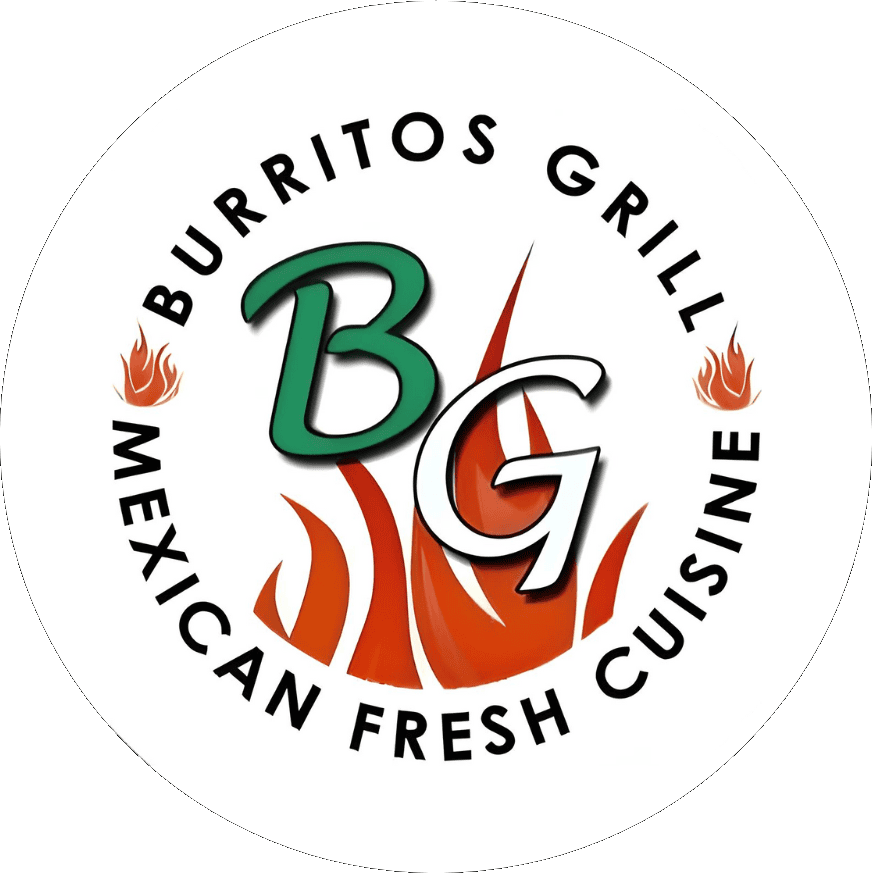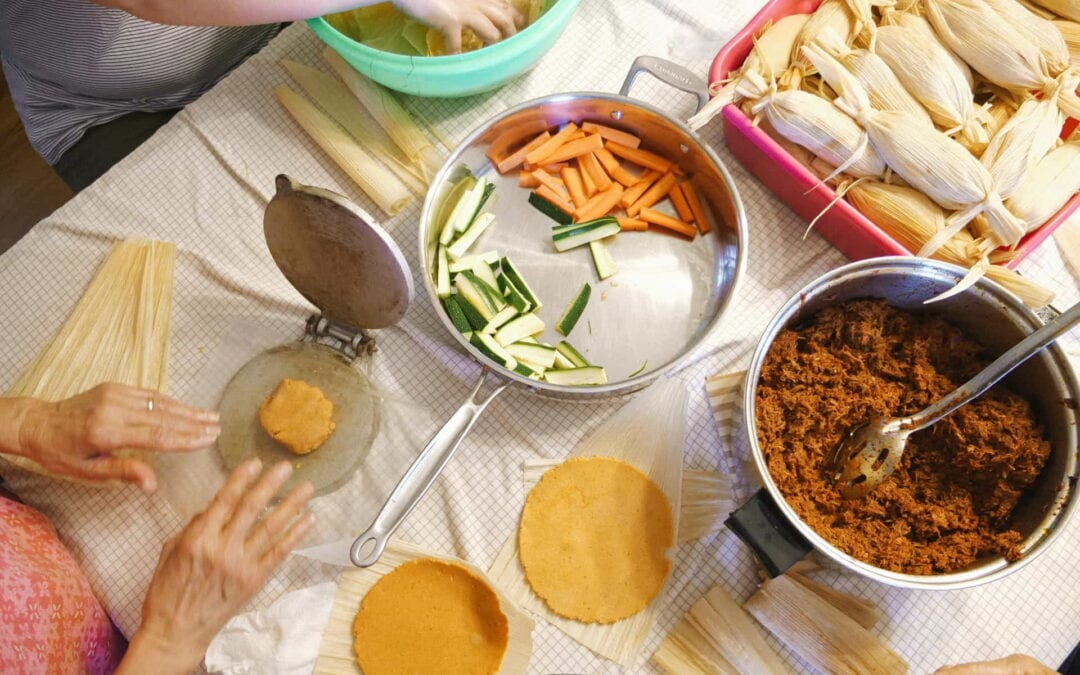Traditional Mexican foods you should try offer a delicious glimpse into one of the world’s most celebrated culinary traditions. From the first bite of a slow-cooked mole to the satisfying crunch of a freshly made tostada, each dish carries stories of heritage, resilience, and artistry. Mexican cuisine is recognized by UNESCO as an Intangible Cultural Heritage of Humanity, proving its deep global influence. This exploration highlights why these classic foods continue to capture taste buds everywhere.
1. Authentic Mexican Tacos Guide
Tacos represent one of the most iconic traditional Mexican foods you should try, offering endless possibilities with every filling. Picture a taquero expertly slicing al pastor off a vertical spit, the aroma filling the air—it’s unforgettable. After years of tasting tacos in countless variations, from tender barbacoa to crispy fish, it’s clear no two tacos are ever the same, yet each honors its origins.
-
According to the USDA, corn tortillas provide essential fiber and nutrients while serving as the backbone of countless tacos.
-
Tacos al pastor evolved from Lebanese immigrants’ shawarma techniques, blending Middle Eastern influence with Mexican flavors.
-
Street vendors sell an estimated 60% of tacos consumed in Mexico, reflecting their cultural significance (Mexican Ministry of Culture).
2. Classic Tamales with History
Tamales hold a sacred place in Mexican households, particularly during holidays and family gatherings. Preparing them requires patience, skill, and tradition—one cook remembered her family spending hours assembling hundreds of tamales for Las Posadas. Wrapped in corn husks or banana leaves, these steamed delicacies contain savory or sweet fillings that tell their own unique stories.
-
Smithsonian Institution reports that tamales date back to 8000 BCE and were portable food for Aztec warriors.
-
Masa dough, made through nixtamalization, increases calcium absorption and nutrient availability (USDA Agricultural Research Service).
-
Mexican households often prepare tamales during Christmas and Día de los Muertos, marking them as celebratory staples.
3. Savory Enchiladas Mexican Style
Enchiladas offer another rich experience among traditional Mexican foods you should try, with layers of sauce and fillings wrapped inside soft tortillas. Whether topped with red chile, green tomatillo, or a dark mole, the dish never disappoints—one bite can easily lead to another, and suddenly the plate’s clean. Regional differences make each variation worth discovering.
-
The National Library of Medicine highlights the health benefits of capsaicin in chili sauces, often found in enchiladas.
-
Corn tortillas rolled around meats, cheeses, or beans form the foundation of this dish first recorded in 19th-century Mexican cookbooks.
-
Enchiladas verdes, smothered in tangy green sauce, showcase Mexico’s love for tomatillos.
4. Traditional Pozole Stew Recipes
Pozole is a hominy-based stew with ancient roots, historically shared during sacred rituals. Deep bowls of steaming pozole are often passed around the table, the rich aroma mingling with fresh toppings—crunchy radishes, shredded cabbage, and a squeeze of lime, turning this simple stew into a feast. Stories of its Aztec origins still fascinate culinary historians today.
-
The USDA confirms hominy’s value as a high-fiber grain packed with nutrients.
-
Pozole was once reserved for special occasions, including ceremonies for the Aztec god Xipe Totec (National Institute of Anthropology and History, Mexico).
-
Modern pozole features pork or chicken, though the original versions used wild game.
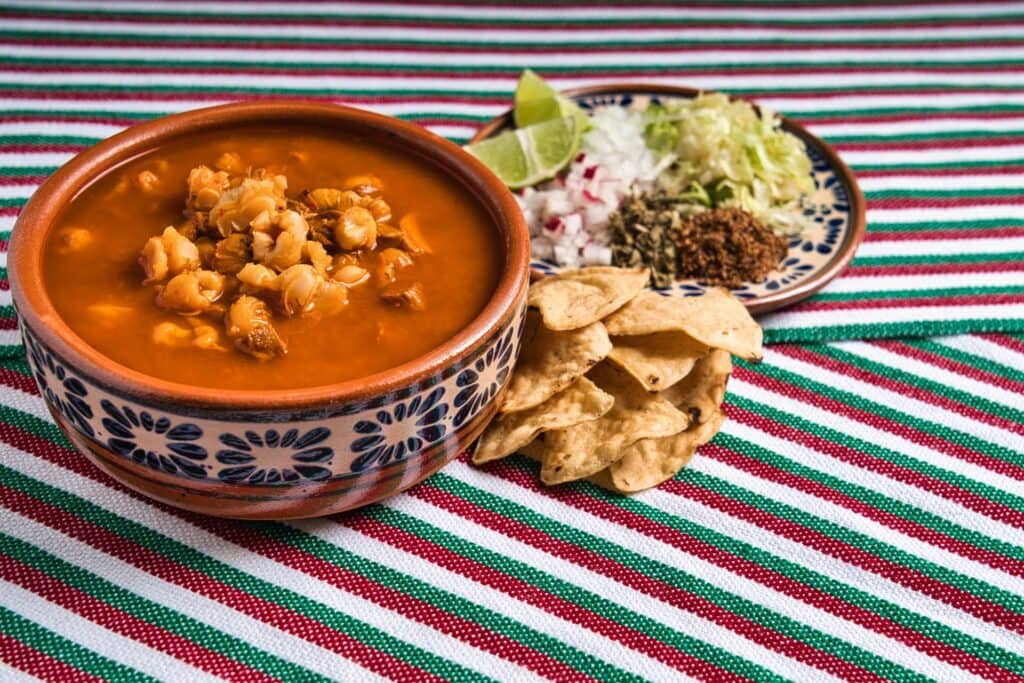
5. Mexican Chiles Rellenos Dish
Chiles Rellenos delivers the perfect marriage of heat, cheese, and texture, making it a standout among traditional Mexican foods you should try. One memory still lingers—watching poblano peppers stuffed with melted cheese and gently fried, the smoky aroma filling the air, impossible to forget. While recipes vary, the dish’s comforting pull remains the same.
-
Poblano peppers rank low on the Scoville scale, making them approachable for mild heat lovers (USDA National Nutrient Database).
-
Spanish colonists introduced dairy to the dish, influencing the addition of cheese fillings.
-
Chiles Rellenos often feature in Mexican Independence Day feasts, symbolizing the country’s vibrant colors.
6. Flavorful Mole Mexican Sauce
Mole stands as one of Mexico’s most complex culinary achievements, combining chocolate, chilies, nuts, and spices into a single silky sauce. Long cooking times and countless ingredients don’t deter dedicated cooks—one mole poblano recipe called for more than 30 components, and the result was unforgettable. The sauce is often served at weddings, baptisms, and major celebrations.
-
According to the USDA, dark chocolate used in mole provides antioxidants beneficial to heart health.
-
Mole poblano originated in Puebla and remains a symbol of Mexican culinary identity.
-
The blending of Indigenous and Spanish ingredients illustrates Mexico’s mestizo culture.
7. Hearty Mexican Birria Origins
Birria has surged in global popularity, but it remains a traditional Mexican food you should try at its source. Juicy, spicy, and slow-cooked, it was originally made with goat and has since expanded to beef and lamb, with the consommé soaking tortillas until they’re dripping with rich flavor. Chefs speak of waking early to tend the meat for hours, building anticipation.
-
Birria’s roots trace back to Jalisco, where it was created during the Spanish colonial period to manage goat overpopulation.
-
USDA research shows goat meat is high in protein and lower in fat than beef or pork.
-
Birria tacos, dunked in consommé, became a viral food trend while staying true to their origins.
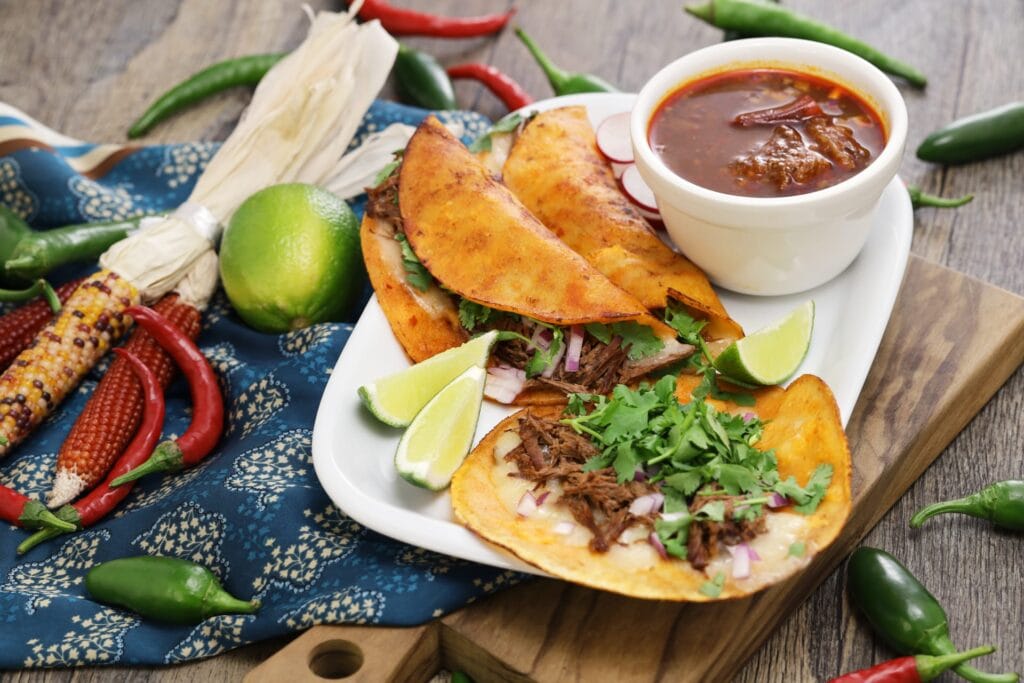
8. Sweet Mexican Pan Dulce Varieties
Pan Dulce provides a sweet end to any meal, with colorful breads lining bakery shelves across Mexico. Bakers rise early, working through the night to create fresh conchas, empanadas, and puerquitos that fill homes with warmth and the irresistible scent of sugar and cinnamon. Eating pan dulce is a morning ritual for many families.
-
According to the Mexican Ministry of Culture, there are over 2,000 varieties of traditional Mexican bread.
-
Conchas, named for their seashell-like appearance, remain the most recognized type of pan dulce.
-
Piloncillo, a type of unrefined cane sugar, sweetens many pan dulce recipes while adding rich molasses flavor.
9. Fresh Mexican Sopes Guide
Sopes are hearty, round corn cakes with thick edges, perfect for holding mountains of flavorful toppings. Eating one is a full sensory experience, the crispy masa base balancing tender meats, beans, cheese, and salsa—simple yet satisfying, and always messy in the best way. Generations pass down their favorite topping combinations.
-
Masa harina, the base for sopes, contains essential nutrients like iron and magnesium (USDA National Nutrient Database).
-
Sopes likely originated from central Mexico, where Indigenous groups shaped corn dough into thick discs.
-
Refried beans, shredded meats, and crumbly queso fresco are classic sope toppings.
10. Mexican Street Corn Elotes
Elotes are a must-try, served straight from the grill, slathered in creamy sauce, sprinkled with chili powder, and crowned with a generous squeeze of lime. Vendors expertly rotate the corn over hot coals, filling the air with a smoky scent that pulls people in—it’s addictive. This street food feels less like a snack and more like an experience.
-
Corn is Mexico’s most important crop, dating back 9,000 years, according to the USDA Economic Research Service.
-
Cotija cheese adds a salty kick, complementing the sweetness of the corn.
-
A 2023 study by the National Institute of Public Health in Mexico highlighted the cultural and nutritional significance of maize-based street foods.
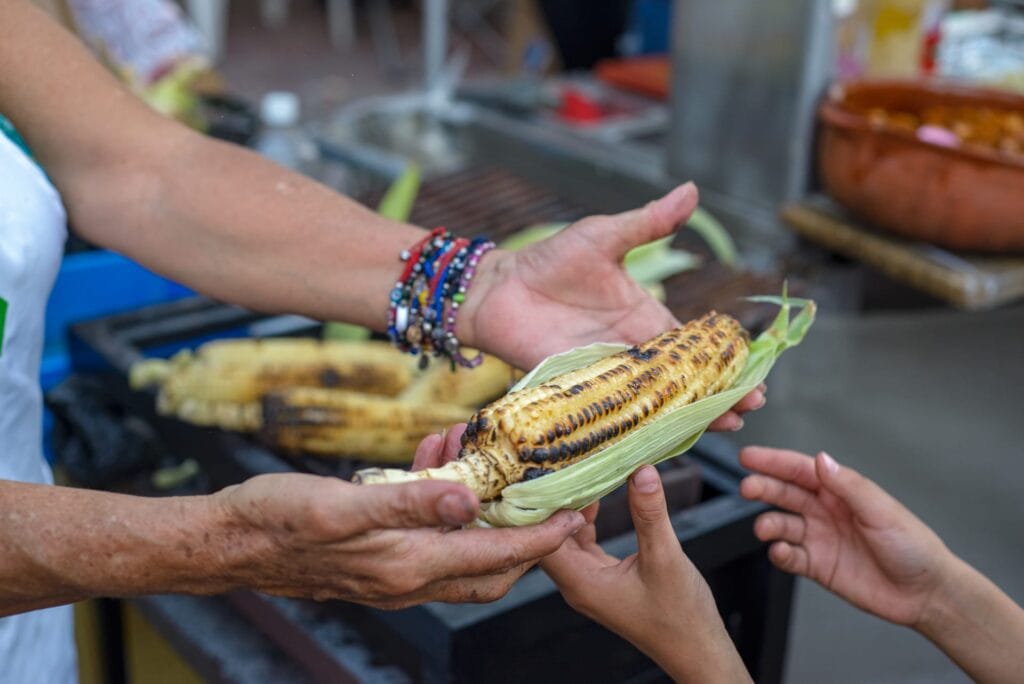
Key Takeaways on Traditional Mexican Foods You Should Try
Traditional Mexican foods you should try go far beyond the expected, showcasing a nation’s deep culinary roots, diverse regions, and time-honored cooking methods. Every dish reflects Mexico’s blend of Indigenous heritage and global influences, creating meals layered with history and flavor. From rich moles to simple sopes, these foods remain central to both daily life and major celebrations, proving that Mexican cuisine deserves its global reputation for complexity and comfort.
-
Tamales and pozole date back to Indigenous rituals, making them both historical and delicious.
-
Spices, fresh ingredients, and cooking techniques define each traditional dish.
-
Foods like birria, tacos, and elotes now thrive globally while preserving their cultural significance.
Frequently Asked Questions about Traditional Mexican Foods You Should Try
What is the origin of mole sauce?
Mole sauce originated in Puebla and Oaxaca, blending Indigenous ingredients like chilies with European additions such as nuts and chocolate. It represents Mexico’s mestizo culinary heritage.
Are tamales healthy?
Tamales made with nixtamalized corn contain calcium and essential minerals, but fillings and lard content vary. Balancing them with fresh vegetables keeps the meal nutritious.
Why is birria traditionally made with goat?
Goat meat was abundant during the colonial era when Spanish settlers introduced goats. Its rich, gamey flavor pairs perfectly with the spicy consommé.
What makes elotes a staple Mexican street food?
Elotes combine smoky, sweet, spicy, and tangy flavors, making them irresistible. Their affordability and portability keep them popular across Mexico.
How are sopes different from tostadas?
Sopes have a thick, soft masa base with raised edges, while tostadas are thin and crispy. Both showcase Mexico’s love for corn-based dishes.
